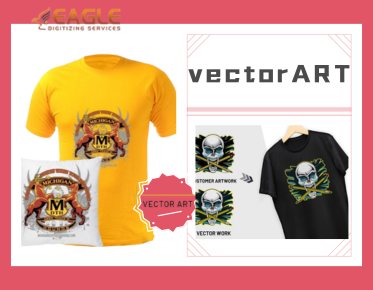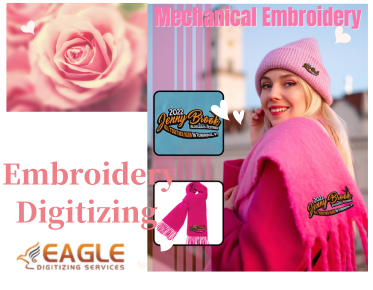What does zero‑waste or modular design mean for digital artwork and print production?
In the realm of digital artwork and print production, zero-waste and modular design are transformative concepts that align closely with sustainability goals. These approaches reimagine traditional manufacturing processes by minimizing waste and enhancing flexibility in design.
The Concept of Zero-Waste Design
Zero-waste design focuses on eliminating waste during the production process. This methodology is pivotal in industries that rely heavily on physical materials, such as print production. The ultimate goal is to design systems where all materials are reused or recycled back into the process, mimicking natural ecosystems where waste is practically non-existent.
In digital artwork, zero-waste is often reflected in the efficient use of resources such as time and digital space. Techniques such as vector conversion are used to enhance the scalability and versatility of graphics without repeated redesign efforts. Companies like Eagle Digitizing offer services that seamlessly convert various images into vectors, optimizing them for different outputs and reducing digital clutter.
Modular Design in Digital and Print Production
Modular design is an innovative approach where a product is subdivided into smaller parts or modules that can be independently created, modified, or replaced. This is particularly beneficial in digital artwork, where modular components can be reused across multiple projects, saving both time and resources.
In print production, modular design allows for greater customization and adaptability. For instance, when creating promotional materials, modular designs enable quick adjustments to different formats and dimensions without needing to start from scratch. This flexibility is facilitated by digital tools that offer extensive vector art services, allowing for easy adjustments in design composition.
Sustainability through Efficient Design Practices
The adoption of these practices aligns with a growing industry trend towards sustainability. By utilizing design techniques that minimize waste and maximize resource efficiency, companies in digital and print sectors are not only reducing their environmental footprint but also improving their market competitiveness.
The use of vector art conversion, for example, signifies a shift towards sustainability. This service, often offered by specialized firms, transforms raster images into scalable vector artwork, ensuring less resource consumption. Vector and digitizing processes are central to creating durable and multipurpose designs suitable for a variety of applications, from business cards to large format banners.
Future of Zero-Waste and Modular Design
As technology and industry practices evolve, the principles of zero-waste and modular design are expected to become more prevalent. Innovations such as AI-driven design adjustments and on-demand printing tailored to exact needs further reduce waste and optimize resource use. This future-forward outlook anticipates a market where efficiency is king, and customization is the norm.
Creative agencies and production firms are increasingly recognizing the value of such sustainable practices. Not only do they present an environmentally friendly approach, but they also support cost-efficiency and quicker turnarounds. As a result, companies providing digitizing and vectorizing services are becoming indispensable partners in achieving these goals.
In conclusion, embracing zero-waste and modular design in digital artwork and print production signifies an essential step towards sustainable development. These concepts are reshaping the industry, encouraging a more responsible approach to design and production that benefits both the environment and the bottom line.
.png)


